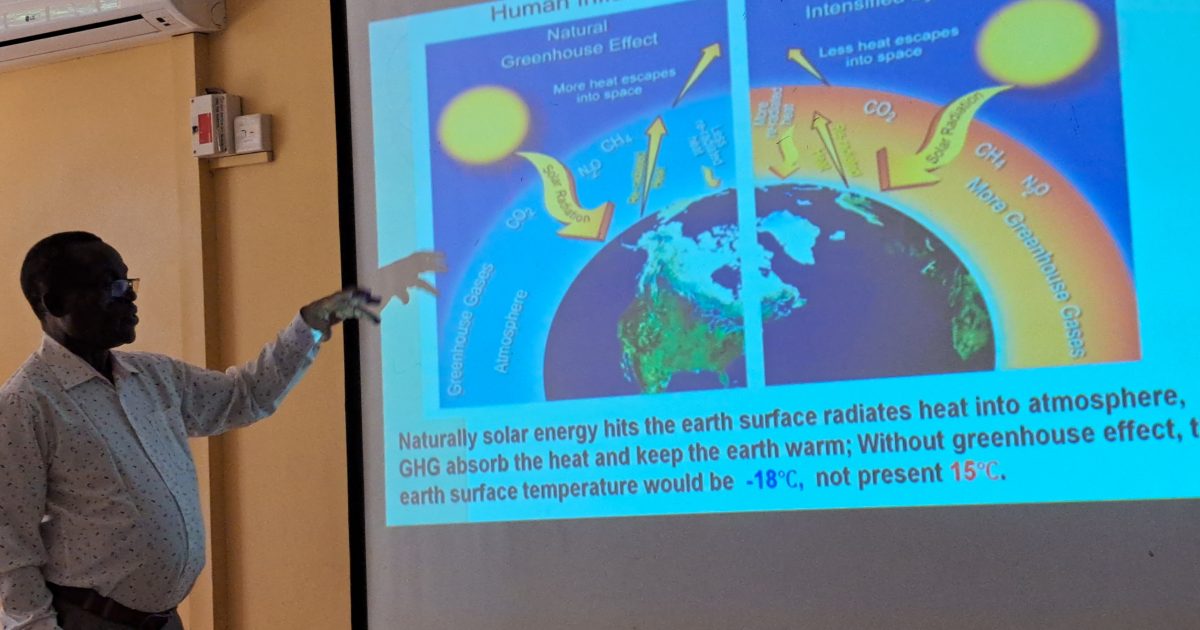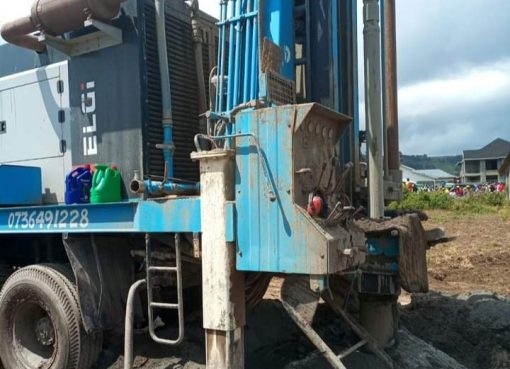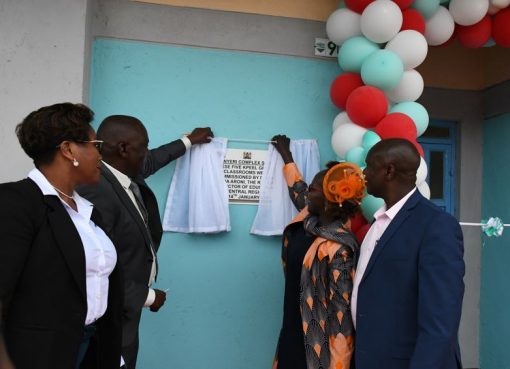As the world prepares for the COP 27 climate change conference to be held in Sham El Sheikh, Egypt, local media practitioners have joined environmental crusaders in packaging the message to turn around the effects of the Global phenomena.
The forum organized by the Media for Environment, Science, Health & Agriculture (MESHA) in collaboration with Africa Uncensored & Hivos, appealed to the journalists to report accurately, factually and provide the much needed solutions instead of sensationalizing.
Kisumu County Director of Meteorological Services, Paul Oloo who was the keynote speaker attributed the major causes of Climate Change as; human activities (anthropogenic) as the dominant force responsible for most of the global warming.
Oloo said this was through changes in the Green-House Gases (GHGs) which include; Carbon-Dioxide, water vapour, Methane, Nitrous Oxide, Ozone and other Chloro-Fluoro Carbons, Aerosols and Land use/cover changes.
“Naturally, climate Change is caused by volcanic eruptions, Ocean currents, Earth Orbital changes and solar variations”, he explained during the presentation to the 15 carefully selected writers with focus on MESHA vision and capacity building for journalists in Africa.
The Director reiterated that excessive amounts of GHGs in the atmosphere affect Climate by altering the incoming solar (sunlight) and outgoing infrared radiation energy balance through the ‘Green-House” effect by trapping excessive solar heat.
However, he said that we need the gases in order for the atmosphere to be adaptable and safe for human beings and other living things. The GHGs makes the planet habitable, since the earth surface temperature would be -18 Degree Celsius and not the present 15 Degree Celsius which enables human beings and other organisms to survive.
Oloo pointed out that the phenomena behind this can be explained further that the incoming solar radiation gets trapped by Carbon dioxide, Nitrous Oxide, Water vapour among other gases as much of them don’t get bounced back as anticipated.
“The world population is almost 8 billion people and so the increase in average air and ocean temperatures usually have far-reaching effects. Ocean and sea levels are projected to rise under these circumstances. The ice melting points to the anticipated future occurrences”, he said.
The Director further pointed out that by the year 2100, most of the models project that there would be an increase in the global land precipitation.
This is in accordance with the sixth Assessment Report of the Intergovernmental Panel on Climate Change (IPPC) provides a scientific basis for governments at all levels to develop Climate related policies, and underlie negotiations at the UN Climate Conference-the United Nations Framework Convention on Climate Change (UNFCCC).
The IPPC embodies a unique opportunity to provide rigorous and balanced scientific information to decision-makers because of its scientific and inter-governmental nature.
Made up of 195 member countries of the World Meteorological Organization (WMO) and United Nations, the IPCC assessments are written by hundreds of leading scientists who volunteer their time and expertise as Coordinating Lead Authors and those who publish it.
Oloo said the impacts of Climate Change are: Health, Agriculture, Forests, Water Resources, Coastal Areas, Species and Natural Areas. He advised journalists and other stakeholders to watch out for tell-tale signs like La Nina and El-Nino which have had devastating effects globally.
Like the Siamese twins, he explained, La Nina is the periodic cooling of the Oceanic surface temperatures in the central and East-Central Equatorial Pacific. Typically the La Nina phenomenon occurs every 3 – 5 years. La Nina represents the cool phase of the El-Nino/Southern Oscillation (ENSO) cycle.
El-Nino on the other hand refers to the above-average sea-surface temperatures that periodically develop across the East-Central Equatorial Pacific. It represents the warm phase of the ENSO cycle.
Referring to Forestry as playing the role of lungs of the human beings, Oloo said that the impurities getting into the lake or water masses leads to Eutrophication through which heavy metals (Mercury, Lead, Chromium, Cadmium and Arsenic) facilitates the process.
Eutrophication is a process driven by the enrichment of water by nutrients, especially compounds of Nitrogen and/or Phosphorus leading to: increased growth, primary production and biomass of Algae; changes in the balance of organisms, and water quality degradation.
This, therefore, leads to loss of some species and the entire biodiversity is tremendously affected over the years.
Oloo reassured that not all was lost as the World Bank has released Sh. 30 billion from which each of the 47 counties in Kenya will access Sh100 million each towards Climate Change mitigation and adaptation in their respective areas so long as they meet certain criteria.
The programme gives the communities multiple opportunities to increase the Health, Agriculture, Forests, Water Resources, Coastal Areas, Species and Natural Areas.
He said that already the Vulnerability Assessment has been done in Kisumu County in relation to the World Bank funded program in readiness for immediate take-off.
Mesha CEO, Daniel Aghan, on his part pointed out that Solution Journalism aims to get and share with audiences’ proven ways of dealing with unique problems they have been grappling with for decades. Aghan vouched for Solutions Journalism which puts Problem-Solving at the center of the narrative and delves into details of implementation.
This, he explained, can be achieved by clearly outlining the problem and providing appropriate statistics to back it up. Solutions oriented stories get bolstered with data that shows evidence of success.”
He warned that whereas humanity would ultimately die of Old Age, the reality on the ground is that human beings would die of Climate Change unless they move swiftly to embrace the actions aimed at tackling the menace.
On Climate Change as a political issue, Aghan challenged journalists to interrogate the policies formulated by respective County governments to ensure that they are geared towards protecting humanity and their environment.
Kisumu County has rolled out an Integrated-Climate-Change Action Plan to mitigate the adverse effects of the phenomenon. The plan, a first of its kind to be launched by the devolved unit targets to achieve Low Carbon Emissions in the area.
The County Director of Climate Change, Evans Gichana disclosed that the plan is aimed at Climate Resilient Mechanisms with focus on adaptation, mitigation and access to clean energy by vulnerable groups among local communities.
Gichana explained that the projects earmarked include; boosting the forest cover in the County which currently stands at 0.02 per cent to 5 per cent over the next 5 years.
Already, the Village Climate Change Planning Committees have been established through the Legal Framework which will feed into the County Planning Council for effective Management of the phenomenon.
By Rolex Omondi and Joseph Ouma





